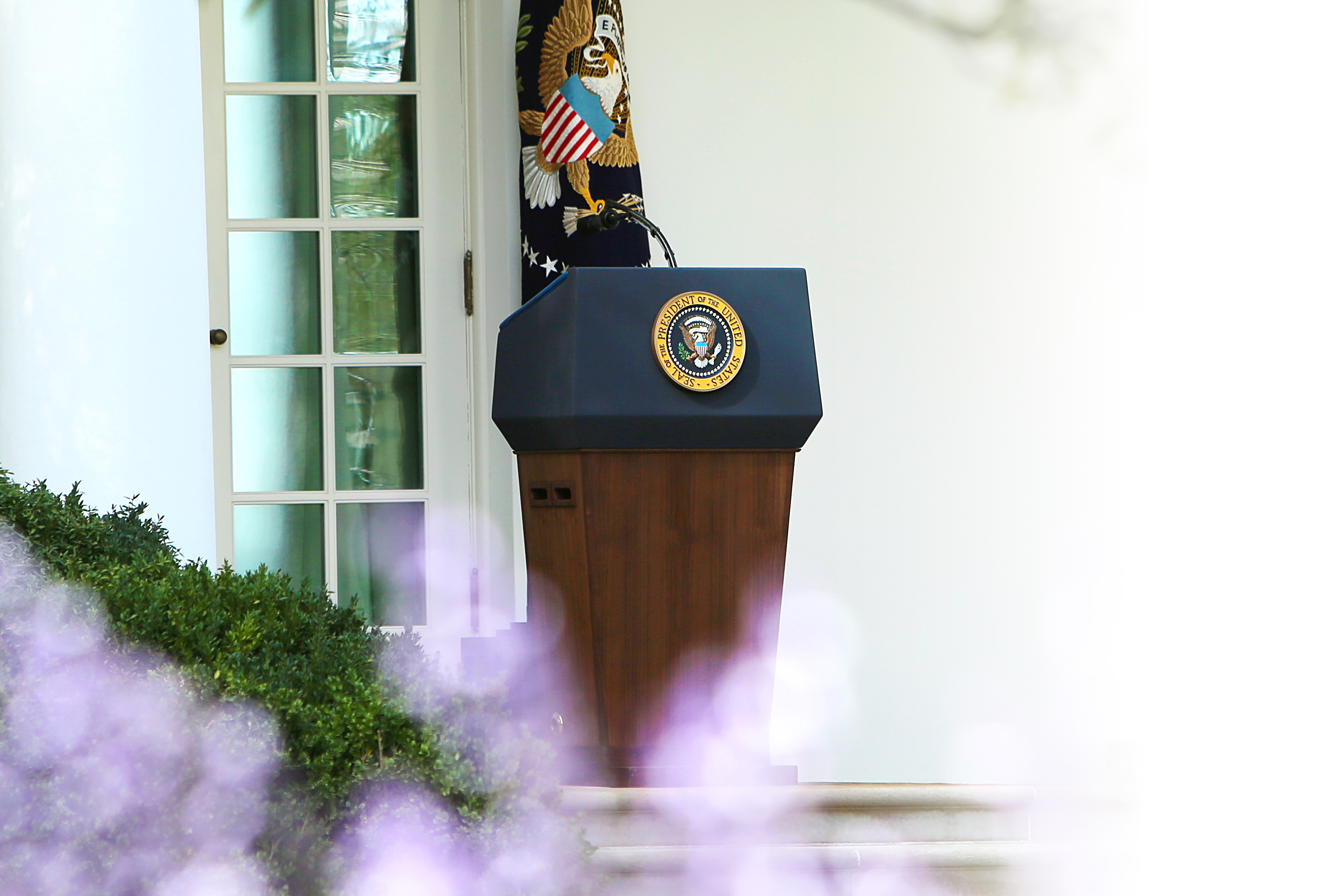Presidential transitions always bring change. But this is an unprecedented time in the United States and the world, with a raging pandemic and associated global economic crisis. We also have an incoming and outgoing president with dramatically different views on the role of the United States on the global stage.
On January 20, President Joe Biden began his term as the president of the United States—and the U.S. transitions from the Trump administration to the Biden administration—the country’s priorities and investments in foreign aid and global development will change, too.
As the U.S. government’s lead foreign aid agency, USAID plays a pivotal role in setting and driving a president’s global development and humanitarian relief efforts. We asked leaders from the private sector and global development communities to predict how the new administration will shape USAID’s development efforts and where we might see new opportunities for public-private collaboration.
Drawing on those conversations, we have pulled out seven key points on how the Biden administration might (or might not) change the foreign aid and global development agenda.
7 Ways the Biden Administration May Change the Foreign Aid and Global Development Agenda
We offer these insights to shed some light on what U.S foreign aid and global development efforts might look like over the next four years. These points may also help corporate sustainability teams anticipate possible areas for partnership with USAID under the Biden administration.
1. More Investment in Global Health Initiatives, including COVID-19
We anticipate that the Biden administration will invest more in global health issues—communicable and non-communicable diseases—and will seek to assume a leading role in the global response to COVID-19, both in terms of identification and mitigation.
2. Greater Focus on Addressing Climate Change
From the day the election results were announced, President-elect Biden has said that climate change will be a major focus of the administration, both in terms of policy and funding. The U.S. will rejoin the Paris Agreement, and Biden has appointed heavy-hitters to first-of-their-kind roles dedicated to climate leadership, with former EPA Administrator Gina McCarthy as the country’s first National Climate Advisor and former Secretary of State John Kerry as Special Presidential Envoy for Climate. We also expect to see a concerted effort to drive innovation, research and development, and private sector engagement for climate change mitigation and adaptation.
3. Continued Emphasis on Cross-Sector Partnership and Private Sector Engagement
Over the last decade, and certainly under the Trump administration, we’ve seen a substantial push to engage the private sector as a key partner in global development. In December 2018, USAID adopted a Private-Sector Engagement (PSE) policy to make collaboration with the private sector a core tenet of the Agency’s operating model worldwide. Today, USAID supports companies—and advances market-led development—through a range of private-sector programs and partnership models, including advancing local regulatory reform to unlock private sector investment; helping companies navigate opportunity in emerging markets; deploying blended finance schemes to de-risk private sector investment; piloting new concepts for private sector expansion; and co-creating new, private sector-driven solutions to critical development challenges. We expect the Biden administration to continue this emphasis on private sector engagement and cross-sector partnerships, expanding opportunities for companies interested in partnering with USAID to tackle major sustainability, workforce, or supply chain challenges. In the years ahead, companies will be core players in U.S. global development strategy.
4. Likely Continuation of Existing USAID Programs and Initiatives
Does a presidential transition mean that programs and contracts awarded under the previous administration will be cut short? Likely not. The incoming administration always reviews existing programs and awards, especially those made in the final months of the previous administration’s term, to ensure they are in alignment with the President-elect’s priorities. But these programs and awards typically continue under a new administration, especially if the funds have already been obligated. More likely to change are the orientation and/or name of existing programs.
5. A Global Strategy and Additional Investment to Expand Internet Access
We expect that the Biden administration will make digital connectivity a priority, building on USAID’s 2020 Digital Strategy. COVID-19 has highlighted the pressing need: In the U.S. and abroad, we have seen how lack of access to the internet has impacted remote learning and curbed income and livelihoods. Indeed, in today’s economy, internet access is a foundational element to economic growth and progress. And, like many issues, this is a challenge that no one country can solve on its own. The global community will need a coordinated strategy that can unite diverse partners in the public and private sectors to advance rural connectivity, virtual learning, and the digital economy.
6. Focus on Next Generation Digital Skills and Entrepreneurship
Even before the pandemic, there was a growing awareness that young people and the global workforce urgently needed new skills to succeed in a rapidly evolving, increasingly digital economy. Then came COVID-19, and, worldwide, millions of workers and young people have seen their economic and higher education opportunities disappear. In addition to investment in internet access, we expect to see a focus on digital skill-building and entrepreneurialism, to help young people and workers make their way in the new economy. Like many of the areas we’ve highlighted, this cannot be successfully tackled by the public sector alone. It will require private sector input, innovation, and partnership.
7. More Investment in Central America and Fragile States
President-elect Biden has signaled interest in investing more heavily in Central America—including an ambitious $4 billion strategy to address regional migration. We also expect the Biden administration to target more investment in fragile states. In 2019, President Trump signed The Global Fragility Act. This bipartisan bill went into effect in September 2020 to address global conflict and violence in fragile states. As part of The Global Fragility Act, Congress allocated over $1.15 billion to be spent on peacebuilding and conflict prevention in countries at risk over the next five years.
Looking Towards the Future of Foreign Aid and Global Development
As we kick off 2021, there’s no question that the world faces significant global challenges. But we expect that, under the new Biden administration, U.S. foreign aid and foreign policy will respond with a stronger emphasis on reinvigorating America’s position as an engaged world leader. We also strongly expect that some established trends will only continue to grow in prominence. Chief among these: the role of the private sector in global development.
The complexity and interconnectedness of the challenges facing the world today—such as climate change, food security, environmental degradation, the global pandemic, and other health challenges—require an integrated and multi-sectoral approach.
The private sector will continue to play a strong role in solving today’s most pressing health, economic, social, and sustainability challenges. We’ve seen the power of market-led approaches and private sector innovation in advancing new global development solutions (one excellent example: the lightning-fast development of effective COVID-19 vaccines). And we’ve also seen more and more companies embrace corporate sustainability as a core business strategy—deploying the power of partnership to create stronger, more sustainable supply chains.
Under the Biden administration, we will certainly see new and different opportunities emerge for public-private collaboration. What we can say for sure: That collaboration will be in greater demand than ever before.
Editor’s Note: This post has been updated for accuracy and current best practices.



